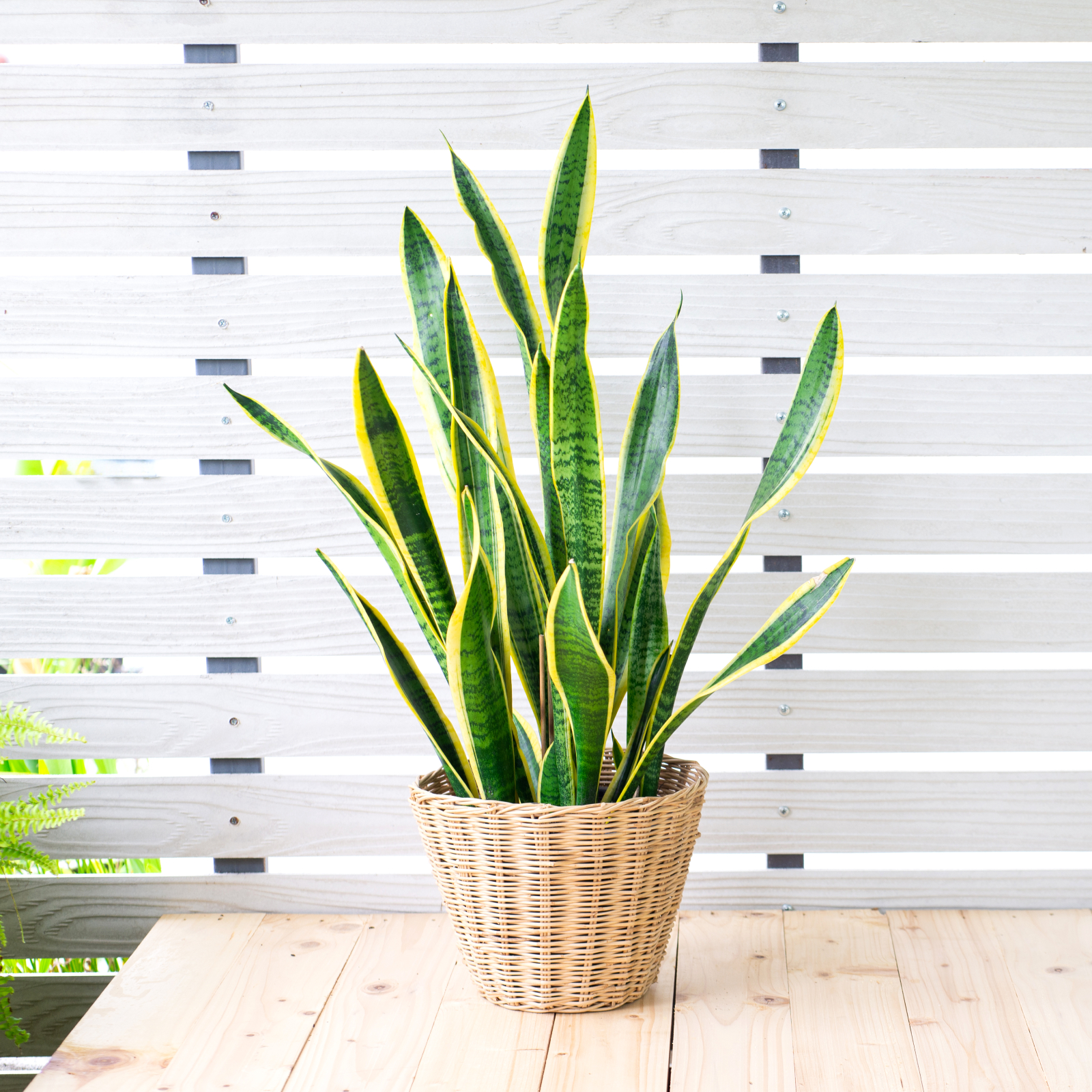How to Remove and Replant Mature Trees
Transplanting trees is not ideal. In a perfect world, we would plant a tree and leave it to mature and thrive in peace. Unfortunately, for a variety of reasons, it might become necessary to move your tree. Perhaps you are moving home and you can't bear to leave your beautiful magnolia tree behind. Or maybe you want to extend your deck and a small apple tree is in the wrong location. Whatever your reason for transplanting a tree or shrub, here are some essential guidelines to follow.
Carry Out a Tree Assessment
Trees and mature shrubs can be moved, but it causes them a lot of stress, so there is always a risk that they will die from the shock. Obviously, this is the last thing you want, especially with a much-loved mature tree.
Assess the tree before you think about moving it. Is the tree healthy? It's a bad idea to try and move a tree suffering from a pest infestation or disease. In addition, the older the tree is, the more likely it is that it will succumb to shock, plus it will require more after care.
Remember, also, that the tree's new location must be suitable. If you move a tree that prefers full sun into a heavily shaded area, you could inadvertently kill it off.
Please bear in mind that is always better to hire a professional arborist to move a large, mature tree that's more than three years old. Professionals, such as Daryl's Tree Care, are fully trained in the correct procedures, including removing dead trees and stumps. They can assess what needs to be done and whether moving the tree is likely to cause a hazard.
If your tree is not too large and/or mature, read on.
Correct Time of Year to Remove and Replant
The worst time to replant a tree is during the growing season. In other words, don't start digging up your tree in spring or summer. Trees are best replanted when they are in a dormant state, i.e. during the autumn and winter. Also, remember that birds often use trees as a place to nest during the spring and summer, so moving the tree could cause considerable harm to nesting birds.
Gardening tips, videos, info and more delivered right to your inbox!
Sign up for the Gardening Know How newsletter today and receive a free copy of our e-book "How to Grow Delicious Tomatoes".
Prepare Your Tree
The tree needs to be well hydrated before it's moved, as a significant part of its root system will be lost in the process. Water the tree well for several days prior to removing it.
Removal Day
First, prepare the new location. Make sure the hole is large enough.
Remove the topsoil around the root ball. Using a shovel, carefully dig under the root ball. This task shouldn't be too difficult if you watered the area thoroughly.
Lift the tree out of the hole and wrap the root ball in a tarpaulin to protect it. Move it to its new location, remove the tarpaulin, and replant it as soon as possible, preferably on the same day.
Fill in the hole with a mixture of organic matter, topsoil, and compost. Finish with a layer of mulch.
Water the tree as soon as it's replanted and continue doing so for a couple of years until the new root system is well established.
-
 Moody Blooms For Spring: 8 Types Of Black Flowers To Add Drama To Spring Displays
Moody Blooms For Spring: 8 Types Of Black Flowers To Add Drama To Spring DisplaysFrom midnight burgundies to inky violets, several types of black flowers can enrich and embolden a spring display. Try these brooding bloomers for a moody garden
By Tonya Barnett
-
 Can Snake Plants Live Outside? Everything You Need To Know For Snake Plants Al Fresco
Can Snake Plants Live Outside? Everything You Need To Know For Snake Plants Al FrescoSnake plants can live outside given the right conditions, but be careful that they don't take over! Learn the best way to use snake plants in your landscape.
By Mary Ellen Ellis